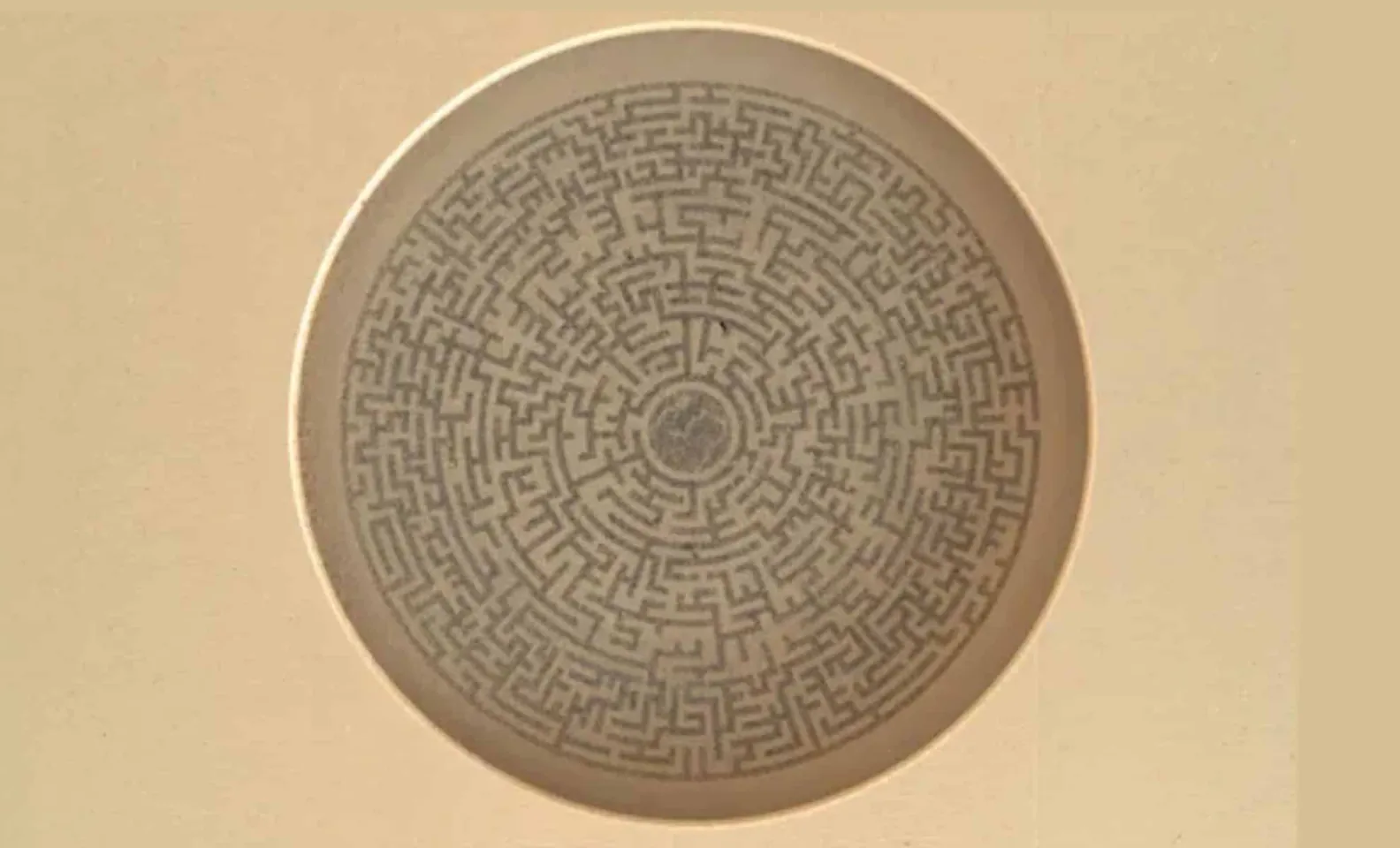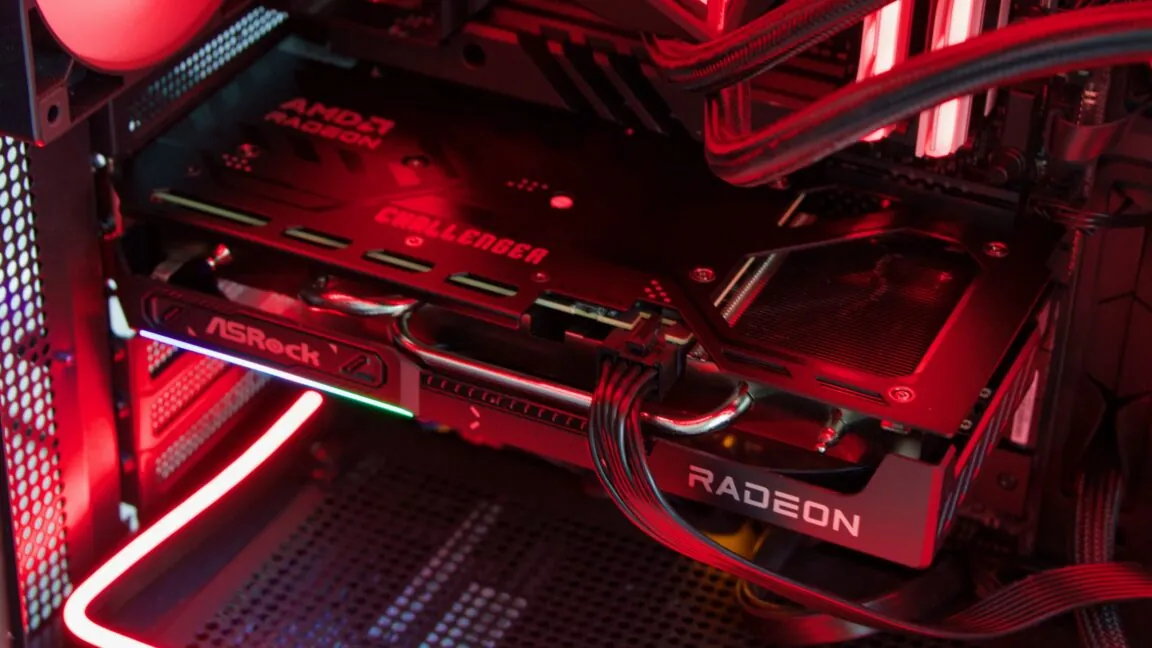NASA’s Perseverance rover has sent back thousands of images from Mars, but one recurring subject stands out: a tiny, intricate maze etched onto a metallic plate.
The maze is part of the SHERLOC Calibration Target, an essential feature of the rover’s onboard science suite designed to help search for signs of ancient life.
To ensure SHERLOC’s instruments stay accurate, NASA equipped the rover with a small calibration plate mounted on its robotic arm.
That plate includes various reference materials — and the tiny maze.
Testing Future Space Gear The bottom half of the SHERLOC Calibration Target serves another purpose: testing spacesuit materials for future human missions.
A small, complex labyrinth carved onto a metal plate is a recurrent theme in the thousands of photos NASA’s Perseverance rover has returned from Mars. This enigmatic image, which was repeatedly captured by the rover’s cameras, has drawn interest from space enthusiasts worldwide. According to a thorough article published by Space.com, the explanation is much more scientific than symbolic. A crucial component of the rover’s onboard science suite, the maze is part of the SHERLOC Calibration Target, which aids in the hunt for evidence of ancient life.
The Mission of SHERLOC: To Find Life.
Scanning Habitable Environments with Raman and Luminescence for Organics and Chemicals, or SHERLOC, is the mystery’s central component. This sophisticated instrument looks for organic compounds and minerals in Martian rocks using laser-based spectroscopy, which could suggest the planet once supported microbial life. NASA fitted a tiny calibration plate to the rover’s robotic arm to guarantee that SHERLOC’s instruments remain precise. Along with the small labyrinth, that plate contains a variety of reference materials.
Kyle Uckert, deputy principal investigator for SHERLOC at NASA’s Jet Propulsion Laboratory, told Space . com that the calibration targets have several uses, but the main ones are to improve the SHERLOC wavelength calibration, calibrate the SHERLOC laser scanner mirror, and track the laser’s focus and health.
Known high-tech components like UV-scattering Diffusil, aluminum gallium nitride, and a Martian meteorite are among the targets; these are all necessary to keep SHERLOC’s sensors precisely calibrated to Martian conditions.
The Maze’s Significance.
The most remarkable feature is hidden between these calibration instruments: a microscopic labyrinth of chrome lines 200 microns wide, or roughly twice the width of a human hair, placed on silica glass. Despite its playful appearance, the design serves only a functional purpose.
Additionally, the maze can be found here. The reason for the maze is that, according to Uckert, “SHERLOC is all about solving puzzles, and what better puzzle than a maze?”. Using contrasting materials, the maze is used to measure the laser’s focus sharpness and alignment as well as to check the accuracy of SHERLOC’s branding. The chrome’s spectral signature is different from that of the glass underneath, which allows for extremely accurate calibration of the instrument.
A faint silhouette of Sherlock Holmes, only 50 microns thick, sits in the middle of the maze. The sensitivity and sharpness of SHERLOC’s imaging system are demonstrated by the resolution of this ultra-fine image through spectral mapping. NASA’s passion for hidden narratives and scientific rigor are combined in this project.
Future Space Gear Testing.
An additional function of the SHERLOC Calibration Target’s lower half is to test spacesuit materials for upcoming human missions. Teflon, Kevlar, and Gore-Tex are among the five well-known materials used in the construction of contemporary spacesuits. These samples are being subjected to the Martian environment in order to assess their long-term resistance to radiation, dust, and extreme temperatures.
Uckert continued, “Keep in mind that we utilize all of these resources to optimize SHERLOC.”. Moreover, the materials used in the spacesuit promote innovative science that will contribute to the safety of future astronauts. “.”.







